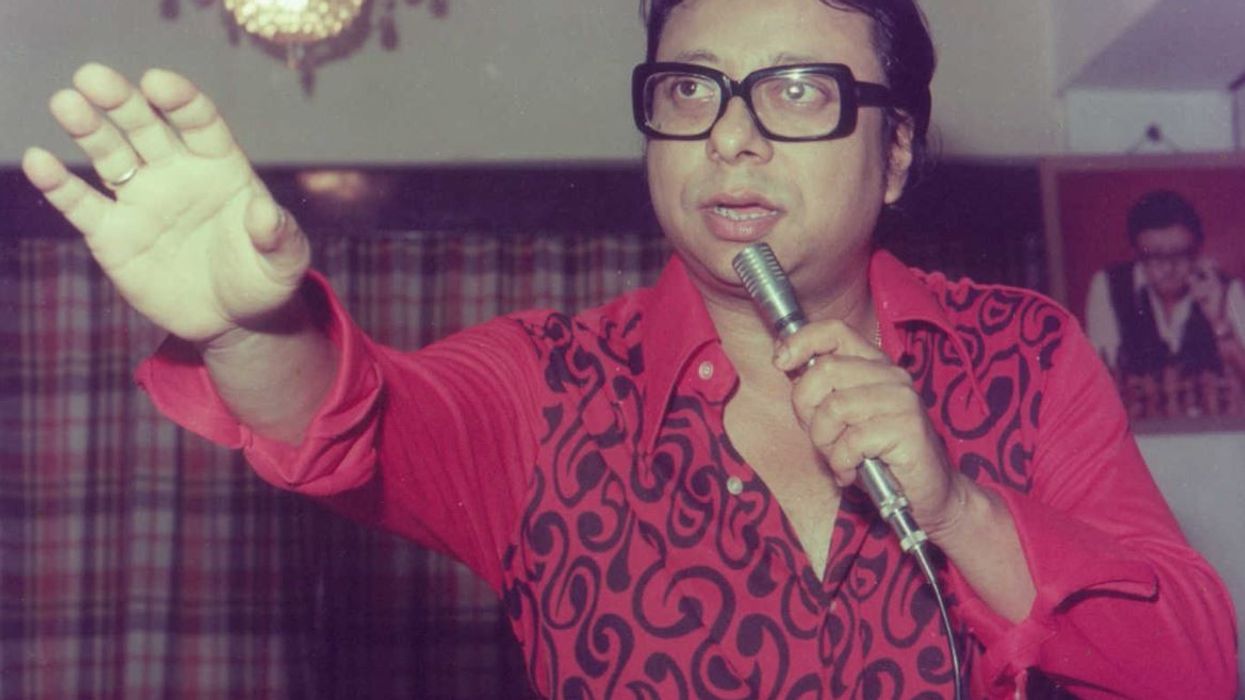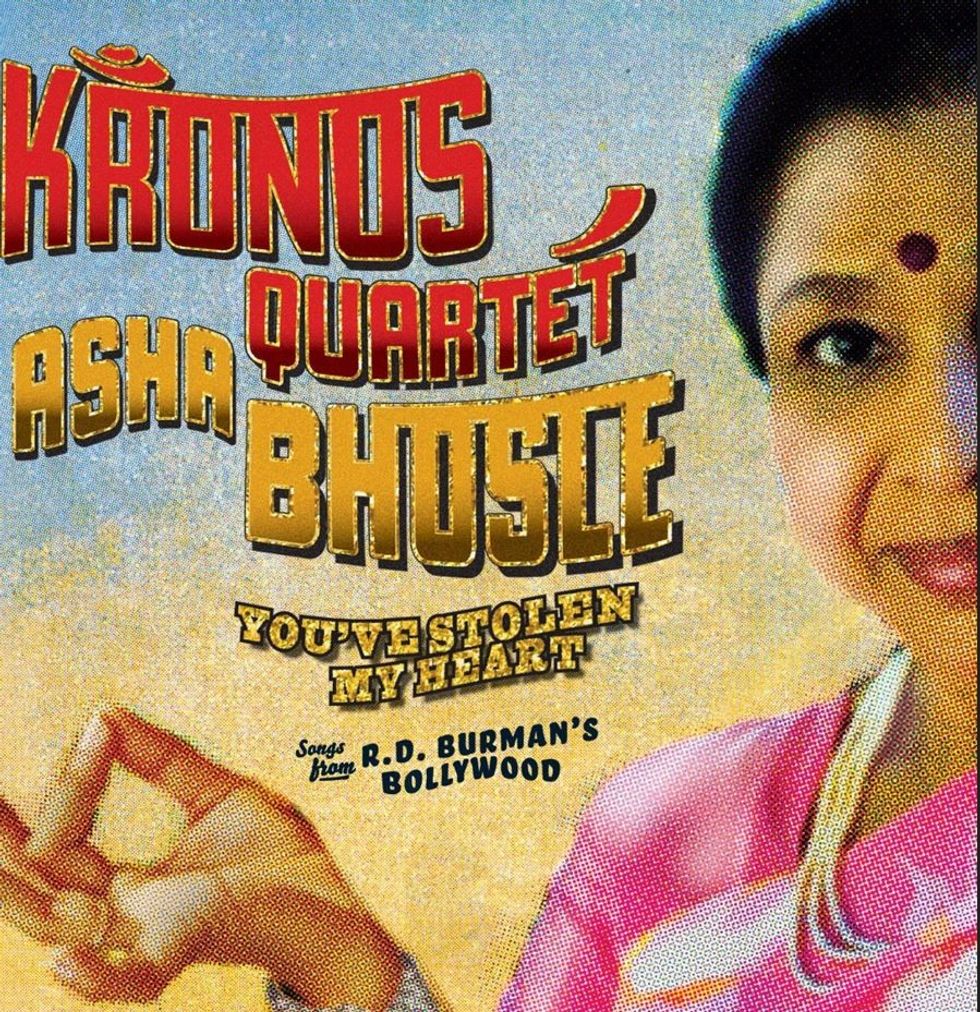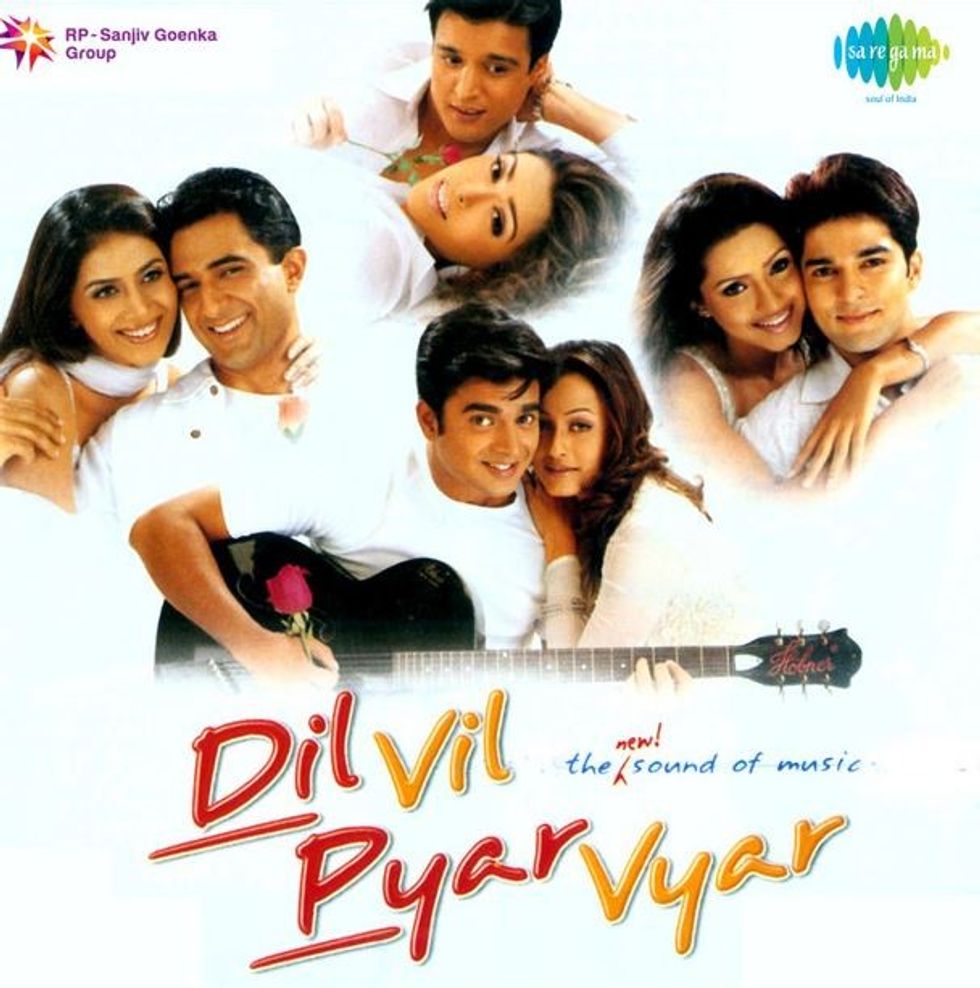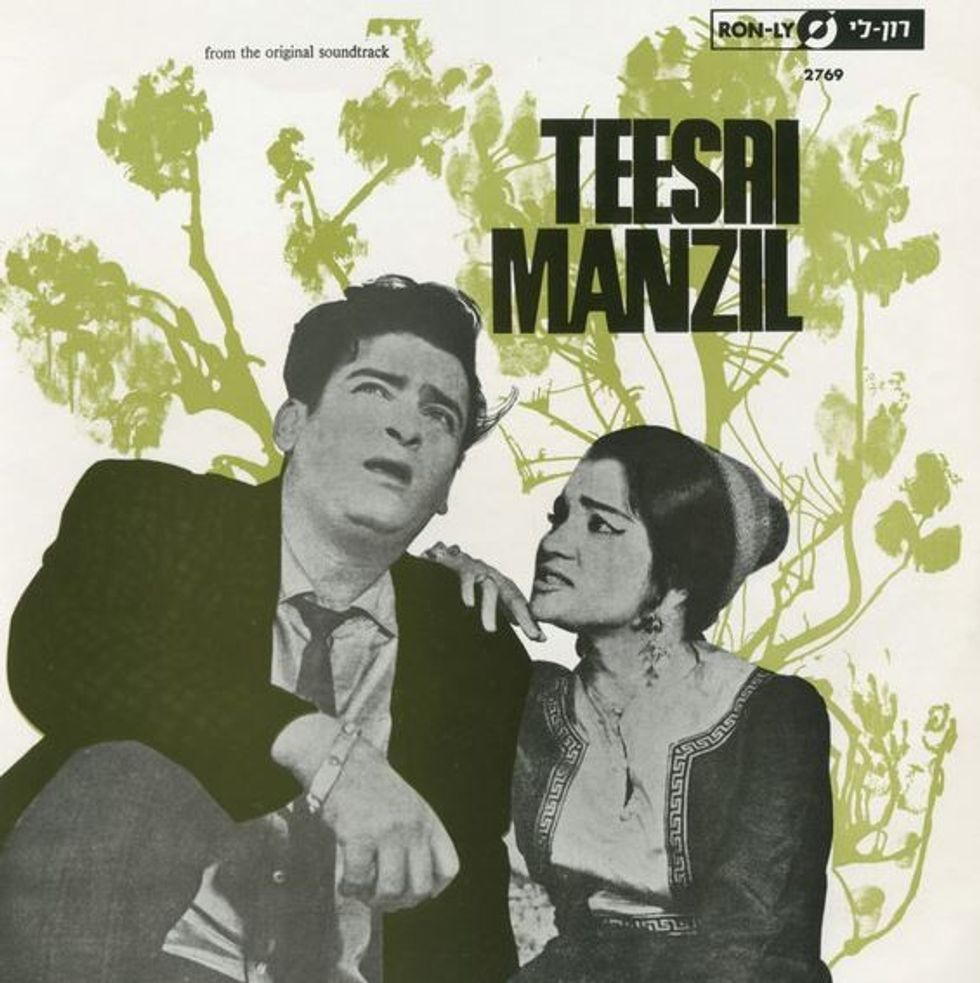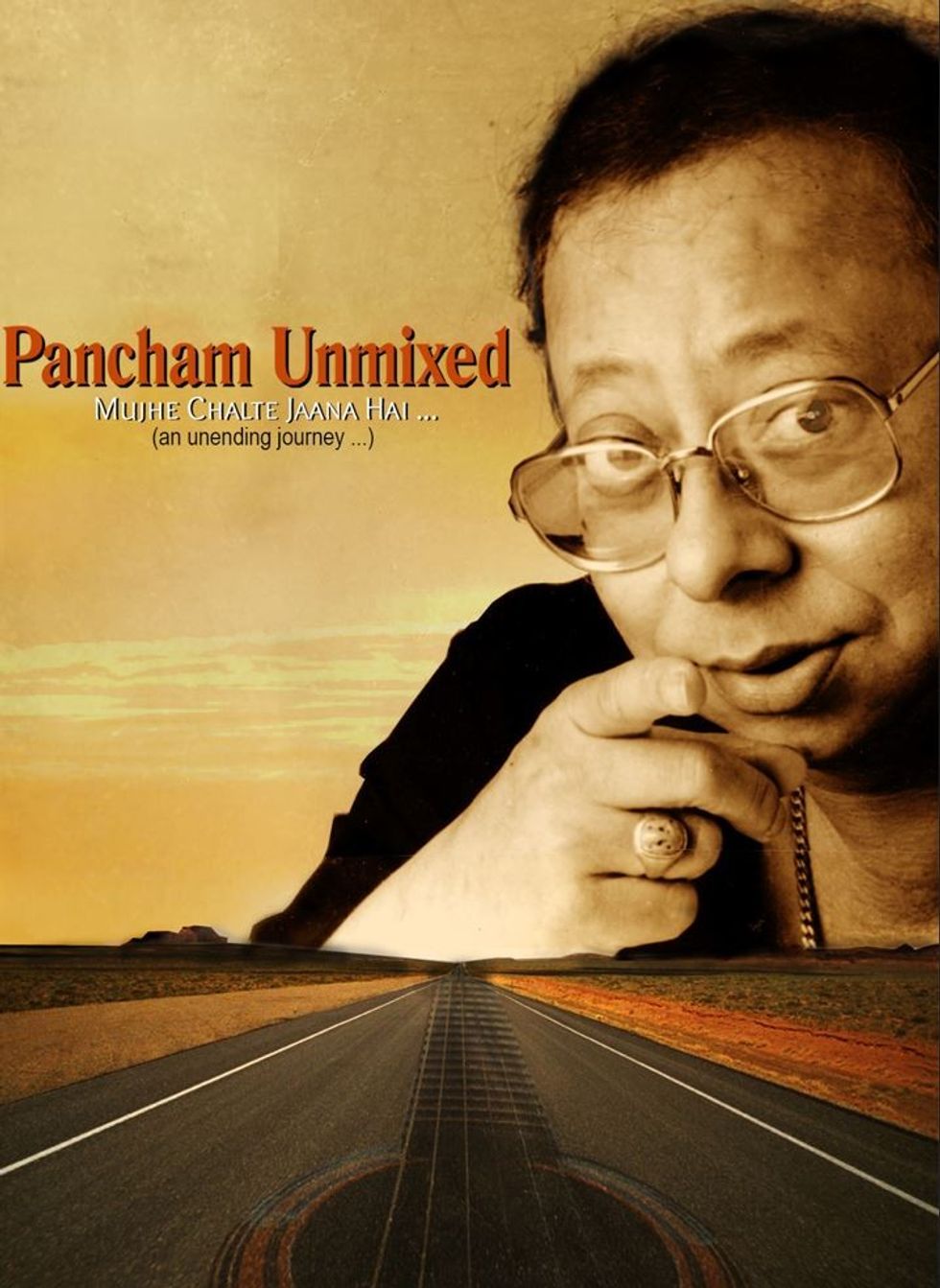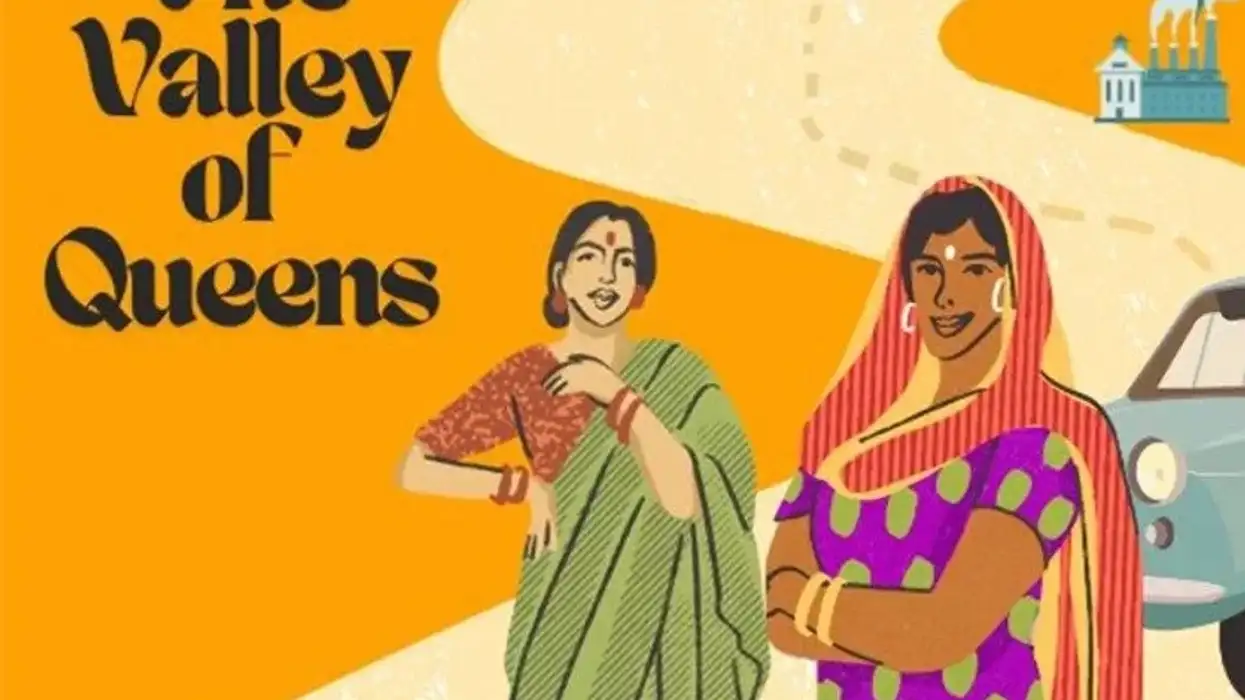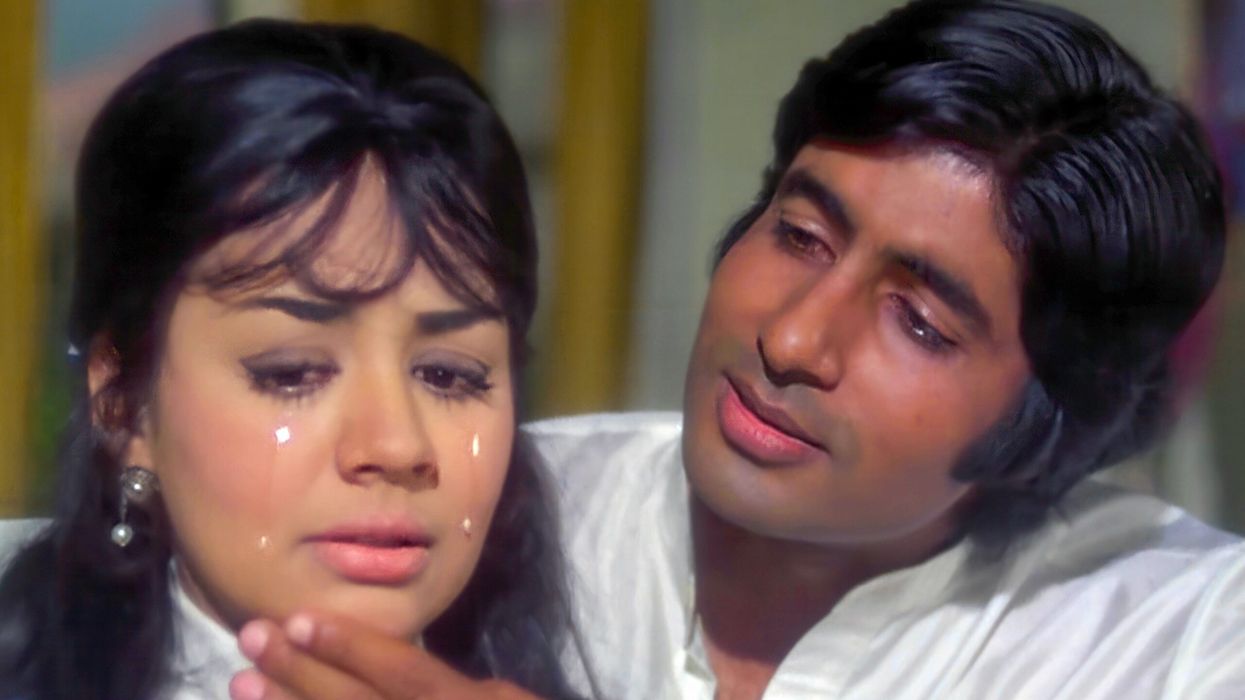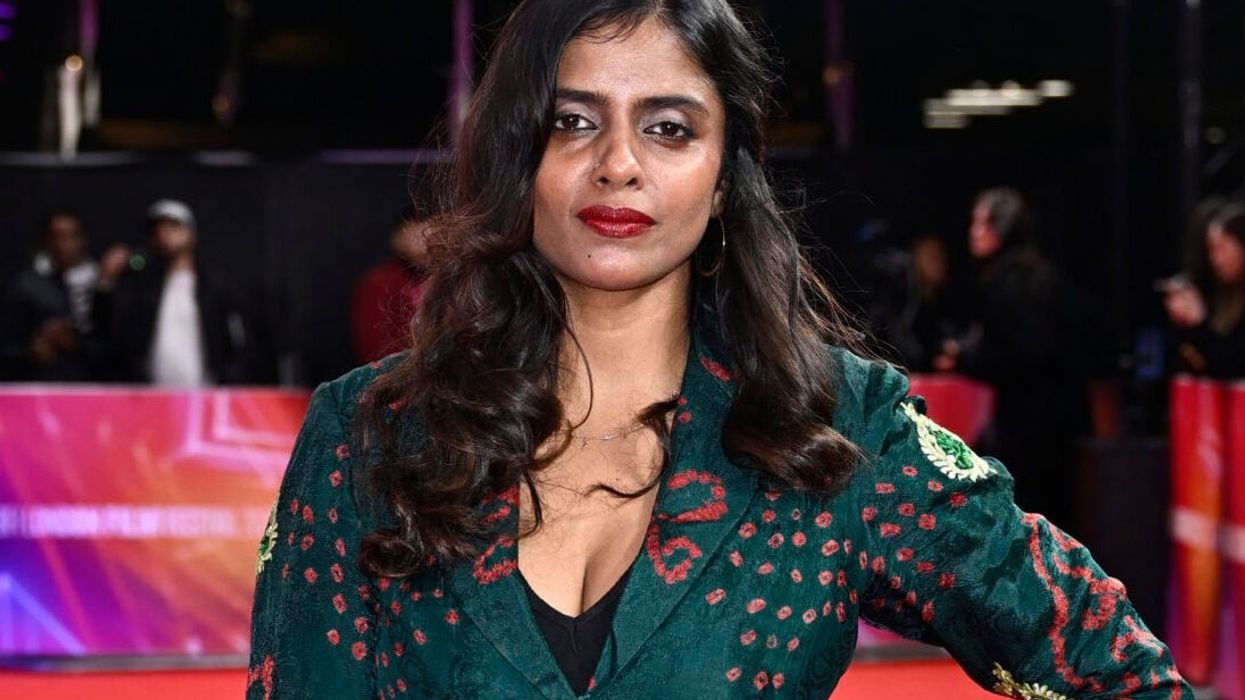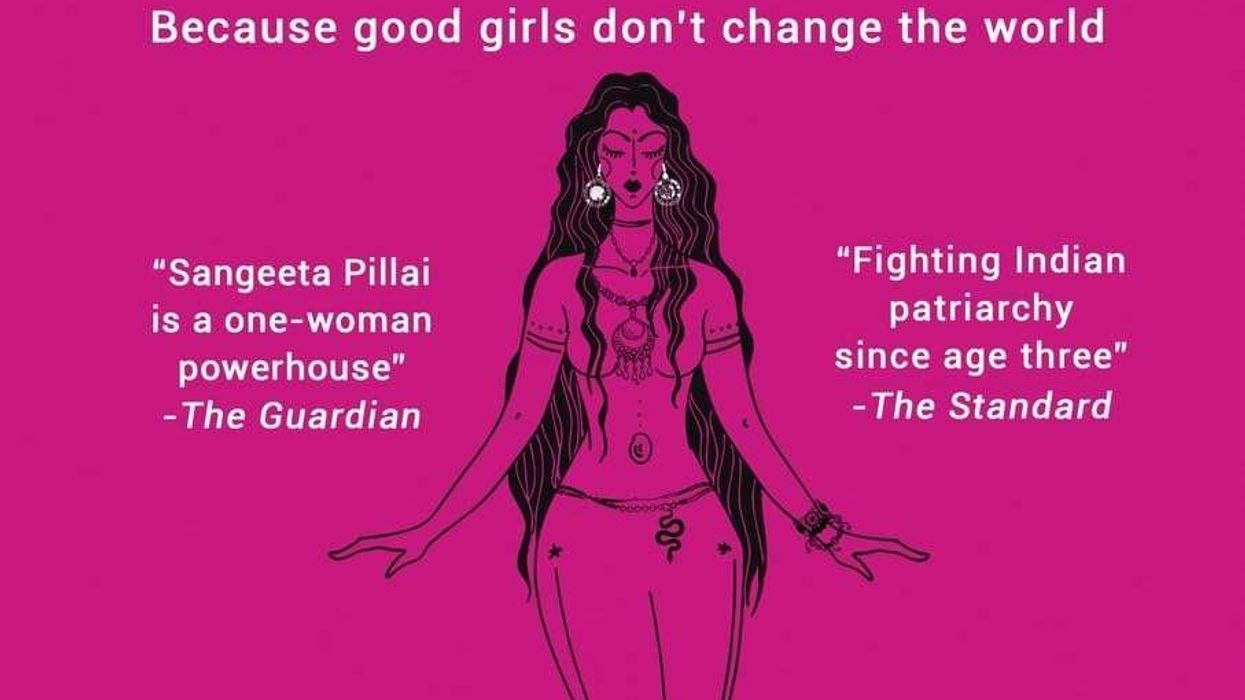MANY of the greatest songs in the history of Hindi cinema were composed by RD Burman.
The late great music maestro had a remarkable career filled with timeless classics that have entertained different generations and helped define Bollywood. He also had great partnerships with singers, lyricists, and lead stars, who loved the songs he created, along with influencing musicians who followed in his giant footsteps. The son of successful composer SD Burman was born on June 27, 1939, so will be remembered on his birth anniversary this week.
Eastern Eye decided to mark the occasion with an all-you-need-to-know alphabetical guide about a musical genius who left a permanent mark on music history and still shines brightly.
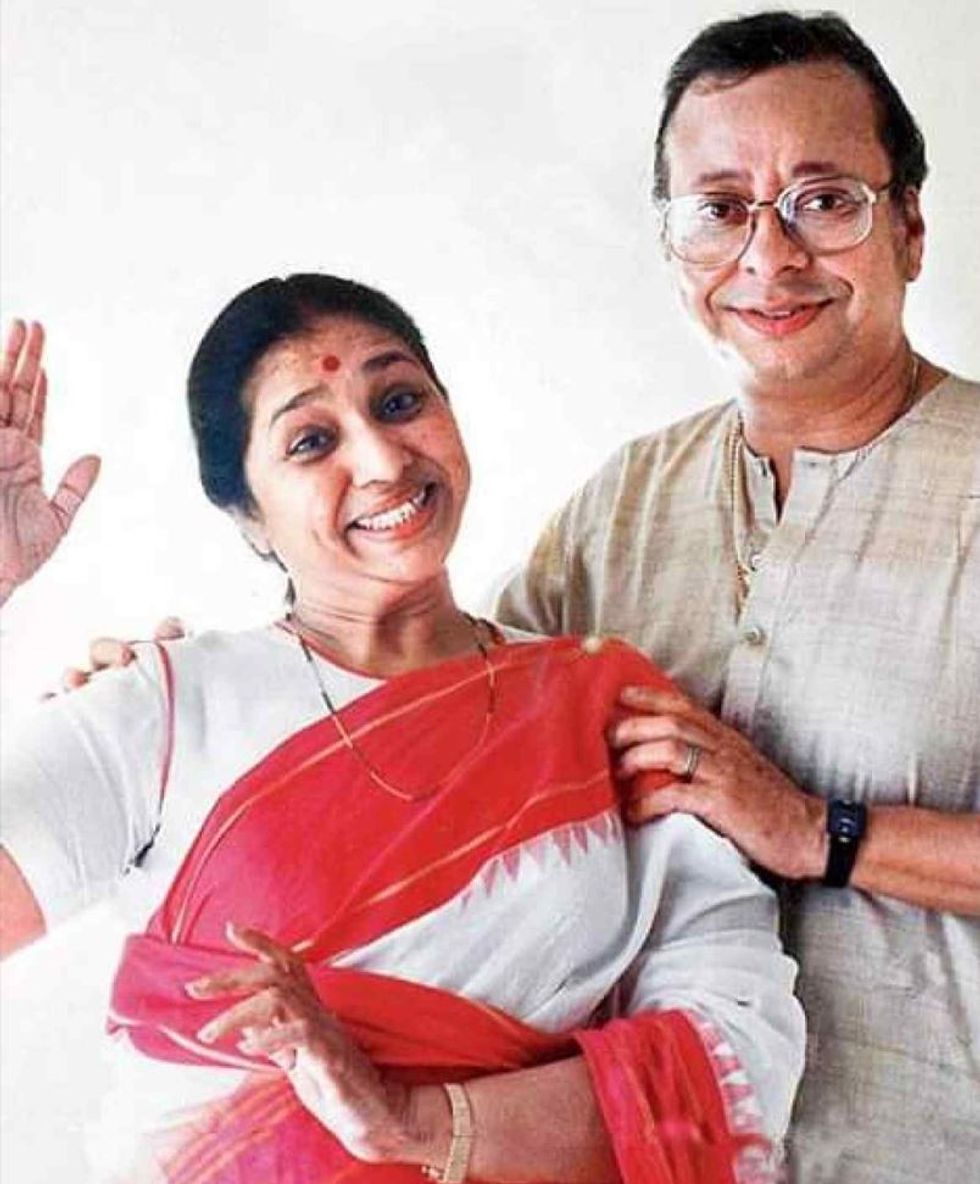
A is for Asha Bhosle: The singer RD Burman will forever be associated with is his wife, Asha Bhosle. They both formed a dream team that resulted in super hit songs, which changed the face of Hindi cinema forever. They helped one another reach great heights with definitive musical moments and greatly influenced others. She would later keep his memory alive in live concerts and tribute albums.
B is for Beginning: Having been born into a musical family (see D), Burman showed great composing potential from a very young age. A tune he composed as a child was used by his father SD Burman for the popular Pyaasa (1957) song Sar Jo Tera Chakraye. He composed his first song Ae Meri Topi Palatke Aa for the film Funtoosh (1956), while assisting his father. Burman was signed to compose his first soundtrack for Raaz (1959), but the film was never completed.
C is for Chhote Nawab (1961): After a few false starts, Burman finally made his debut as an independent music producer with the film Chhote Nawab (1961). The film’s producer and star Mehmood signed him when he was unable to get his famous father to compose the songs. They formed a close friendship and Burman made a cameo in Mehmood’s 1965 film Bhoot Bungla (see G).
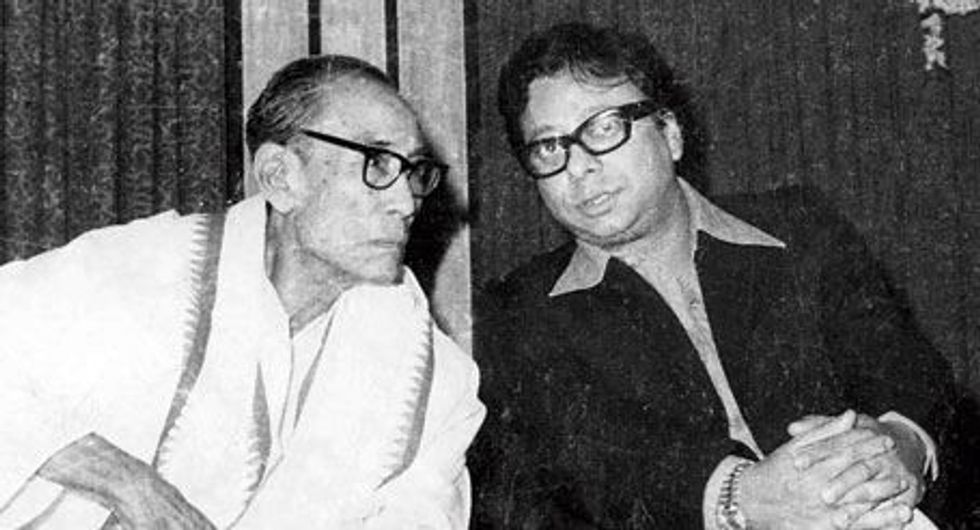
D is for Dad: Burman was surrounded by music from a young age and assisted his legendary music director father SD Burman, including on the iconic Aradhana (1969) soundtrack. Other famous films his father composed soundtracks for included Baazi (1951), Devdas (1955), Chalti Ka Naam Gaadi (1958), Kaagaz Ke Phool (1959), Tere Ghar Ke Samne (1963), Bandini (1963) and Guide (1965).
E is for Excellence: Apart from learning music from his famous father, Burman was trained by Ustad Ali Akbar Khan (sarod) and Samta Prasad (tabla). Burman also considered famous film music director Salil Chowdhury his guru.
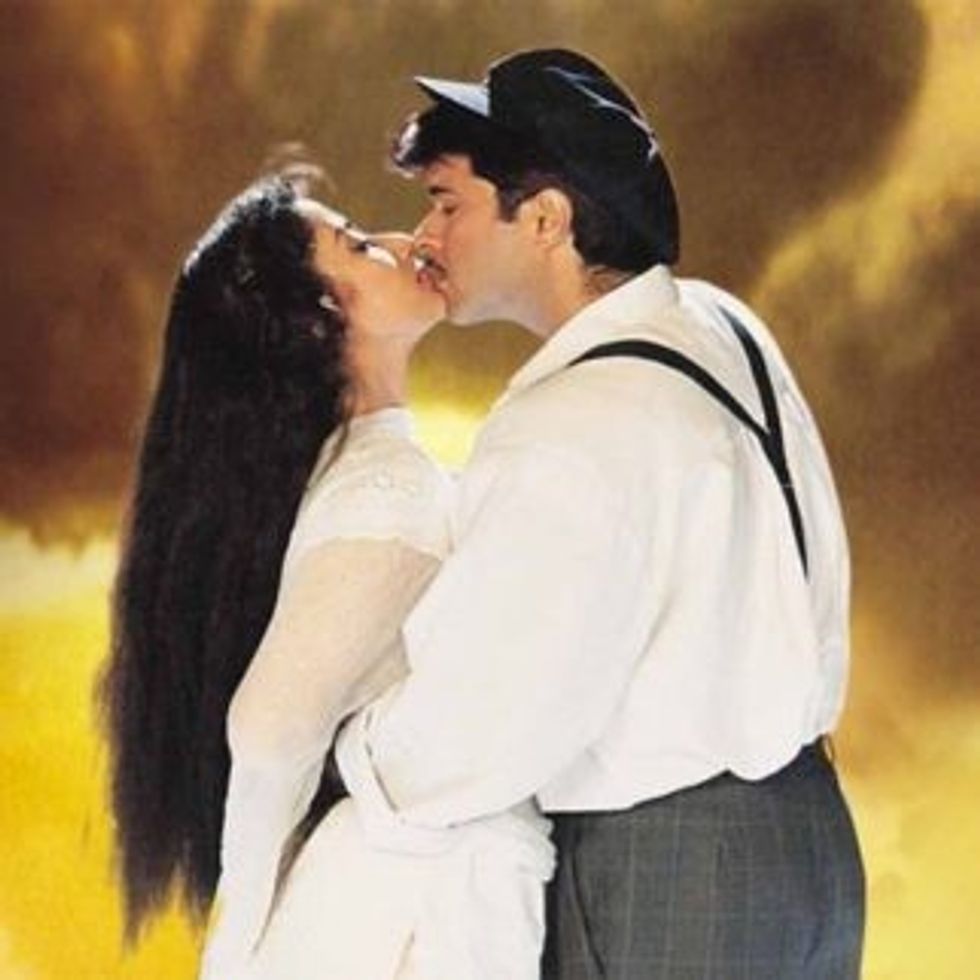
F is for Final: Malayalam movie Thenmavin Kombath was the final project Burman signed, but he died before scoring the film. The last truly great soundtrack he did compose was 1942: A Love Story (1994), which was released on April 15, 1994, three months after he passed away aged 54, on January 4. The soundtrack with stand-out songs like Ek Ladki Ko Dekha To, Pyar Hua Chupke Se and Rooth Na Jaana won him a posthumous Filmfare Award for Best Music Director.
G is for Ghost: He composed the songs of spooky ghost comedy Bhoot Bungla (1965) and made his acting debut in it. His comic timing was so good that he was offered the lead role in the film Padosan (1968), which he was also composing the songs for, but his father told him to focus on music. He turned down the lead role in what would become one of Bollywood’s greatest comedies.
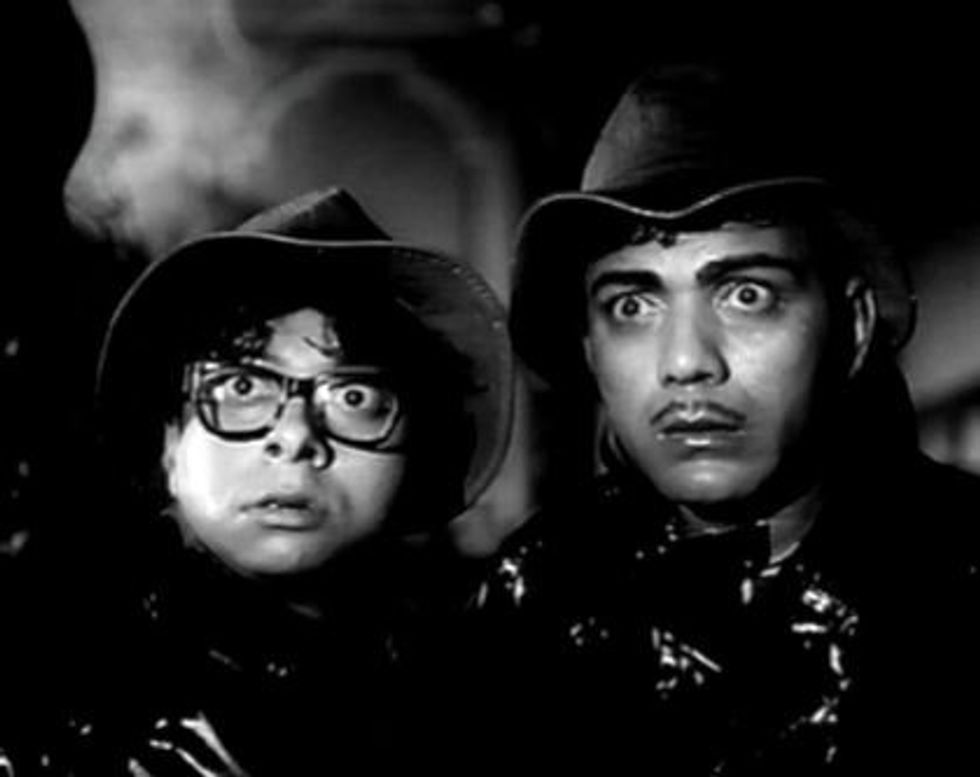
H is for Hits: The music maestro has very much been defined by timeless songs that remain popular today. Some of the many super hits he delivered included Chura Liya Hai Tumne Jo Dil Ko (Yaadon Ki Baaraat), Mere Samnewali Khidki (Padosan), Yeh Shaam Mastani (Kati Patang), Piya Tu Ab To Aaja (Caravan), Dum Maro Dum (Haré Rama Haré Krishna), Yeh Dosti (Sholay), Bachna Ae Haseenon and Kya Hua Tera Wada (Hum Kisise Kum Naheen), Khatouba Khatouba (Alibaba Aur 40 Chor), Yeh Din To Aata Hai (Mahaan) and countless more.
I is for Inspiration: Burman took inspiration from songs in the west for many of his greatest hits, including Mehbooba Mehbooba (Say You Love Me), Tumse Milke (When I Need You), Zindagi Milke Bitaayenge (The Longest Day), Jahan Teri Yeh Nazar Hai (Heleh Maali), and Dilbar Mere (Zigeunerjunge).
J is for Jukebox: Whether it is individual songs, radio airplay or jukebox style playlists on YouTube, Burman remains one of the most streamed artists globally. This also includes countless cover versions and remixes that exist of his tracks. He has over seven million monthly listeners on Spotify alone.
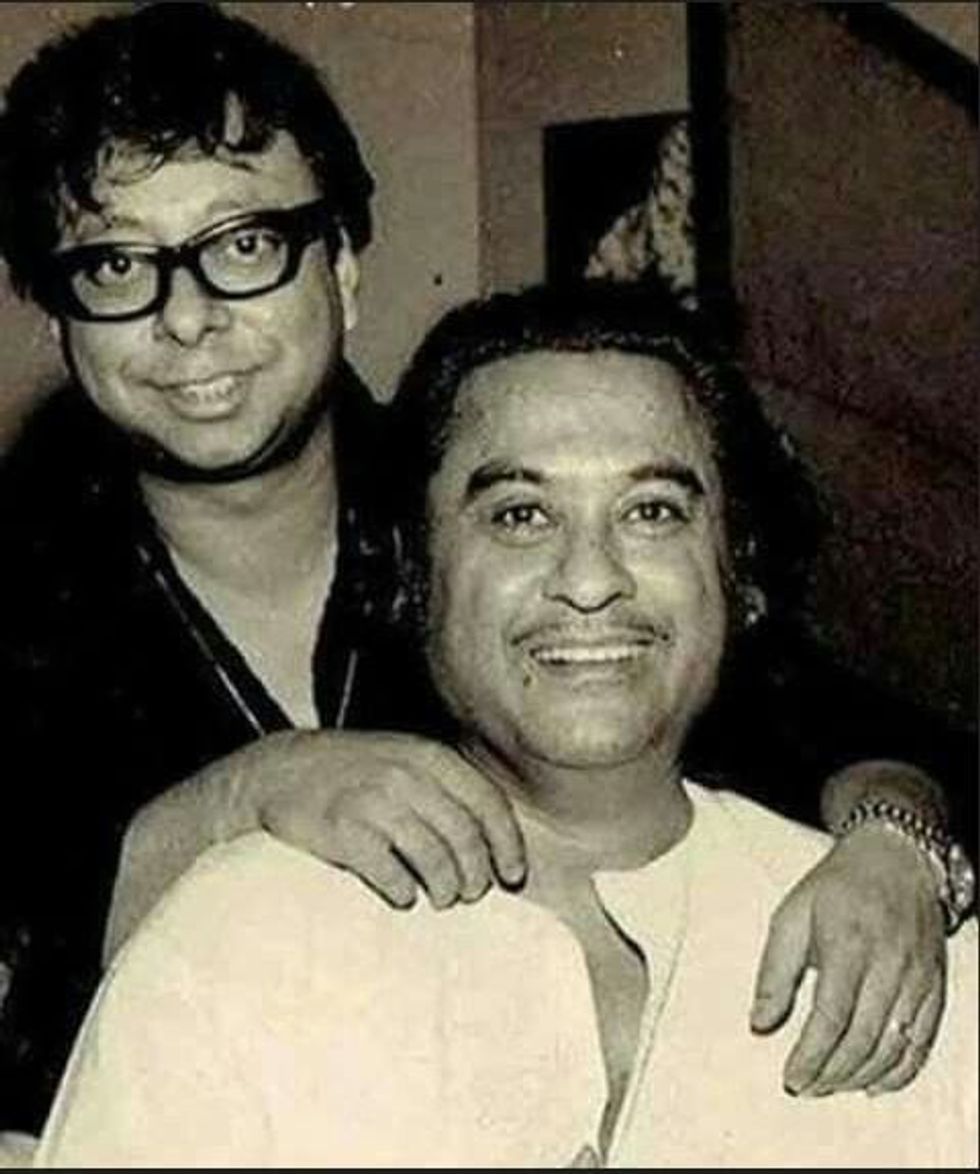
K is for Kishore Kumar: The male singer most associated with Burman was Kishore Kumar. They started a dream partnership in the 1960s with super-hit soundtrack Aradhana, which many believed Burman ghost-produced for his father SD Burman. Many of their stunning hits appeared in movies that starred Rajesh Khanna, because the three of them were close friends. Some of the many brilliant Burman songs sung by Kumar and picturised on Khanna included Yeh Jo Mohabbat Hai, Yeh Shaam Mastani, Agar Tum Na Hote, Humen Tum Se Pyar Kitna and O Mere Dil Ke Chain.
L is for Legacy: Whether it is songs that continue to entertain audiences today, a Google Doodle, a commemorative stamp, tribute concerts, a square in Mumbai named after him, remixes or him inspiring countless artists, Burman left an impressive legacy behind. There have also been documentaries (see U) and in-depth books like the award-winning RD Burman: The Man The Music.
There is also the Filmfare RD Burman Award for New Music Talent inaugurated a year after his death in 1995, as a tribute. The recipients of that prestigious prize in the past include AR Rahman, Sunidhi Chauhan and Shreya Ghoshal.
M is Mehbooba: Burman sometimes sang his own compositions and the most famous was Mehbooba from Sholay (1975), which earned him his only Filmfare Best Male Playback Singer nomination. Another top tune sung by him was Yamma Yamma from Shaan (1980).
N is for Non-film: The music maestro produced an interesting body of non-film work, which ranged from spiritual songs to experimental albums. These included collaborating with Boy George on 1991 song Bow Down Mister and the Latin rock album Pantera (1987). In 1987 he also teamed up with his wife Asha Bhosle and legendary lyricist Gulzar for the acclaimed album Dil Padosi Hai. He also produced many non-film songs in Bengali.
O is for Organ: The musical instrument he was most connected to was the mouth organ and would often use it on songs. This included playing it on his father’s famous composition Hai Apna Dil To Aawara, which was featured in the film Solva Saal (1958).
P is for Pancham: There were various explanations behind Burman’s famous nickname Pancham. One version was that whenever he cried as a child it sounded like the fifth note in Hindustani classical music notation. Another theory was that he cried five different ways as a child. A further explanation was that Indian actor Ashok Kumar heard the newborn Burman uttering the syllable ‘pa’ repeatedly and nicknamed him Pancham.
Q is for Quartet: Whether it has been remixes or cover versions of his classics, there have been a lot of tribute albums dedicated to Burman, but the finest saw international classical music act Kronos Quartet team up with Asha Bhosle for You’ve Stolen My Heart. The 2005 studio album presenting unique cover versions of classic songs composed by Burman was nominated for a Best Contemporary World Music Album Grammy award in 2006.
R is for Remix: Burman remains one of the most sampled and remixed composers in history, with his songs being reproduced by other musicians from around the world across the decades. The 2002 film Dil Vil Pyar Vyar had cover versions of his classics.
S is for Star-making: A big star-making moment for Burman was the soundtrack for rip-roaring rock ’n’ roll classic Teesri Manzil (1966). He successfully showed off his ability to deliver catchy music and started his dream collaboration with Asha Bhosle, who would become his wife. Stand-out Teesri Manzil songs included O Haseena Zulfonwali, Aaja Aaja Mein Hoon Pyar Tera and O Mere Sona Re Sona Re.
T is for Timeless: Most experts agree that appreciation of Burman compositions has increased with time. One of those who agrees with this is legendary writer Javed Akhtar, who said of Burman, “time is kind to great people”.
U is for Unmixed: One of the most in-depth films charting the great maestro is 113-minute documentary titled Pancham Unmixed: Mujhe Chalte Jaana Hai, which received critical acclaim and won multiple awards. It includes contributions from big names who collaborated with him like Asha Bhosle, Javed Akhtar, Vidhu Vinod Chopra, and Gulzar.
V is for Vishal-Shekhar: The hit-making music duo were first catapulted to fame with the soundtrack of Jhankaar Beats (2003), which was a film that paid tribute to the music of RD Burman. They won the Filmfare RD Burman Award for New Music Talent for their work on the film.
W is for Words: The lyricist Burman had the most enduring partnership with was Anand Bakshi and they worked on nearly 100 films together. Another key lyricist he collaborated with was Majrooh Sultanpuri, who had been instrumental in introducing him to producer/director Nasir Hussain for his starmaking soundtrack for Teesri Manzil.
X is for X-Factor: What set the musical giant apart from others is that he broke all the Bollywood rules, whether it was introducing new singing techniques or elements like heavy breathing, western music and a unique type of yodelling. He also used everyday sounds in commercial songs. These various elements resulted in songs that helped define Hindi cinema and take it global.
Y is for Yodelling: Kishore Kumar had started yodelling early on in songs but was given a new layer by Burman and this subsequently inspired other singers to try experimenting with their vocals. Burman would yodel on songs he sang himself.
Z is for Zindagi: Few composers did songs about life better than Burman. Some of his all-time classics on the subject include Tujhse Naraz Nahin Zindagi (Masoom), Tere Bina Zindagi Se (Aandhi) and Zindagi Milke Bitayenge (Satte Pe Satta). He tackled many other relatable subjects with songs like Mera Kuch Samaan (Ijaazat), which continue to connect him to music fans around the world.
